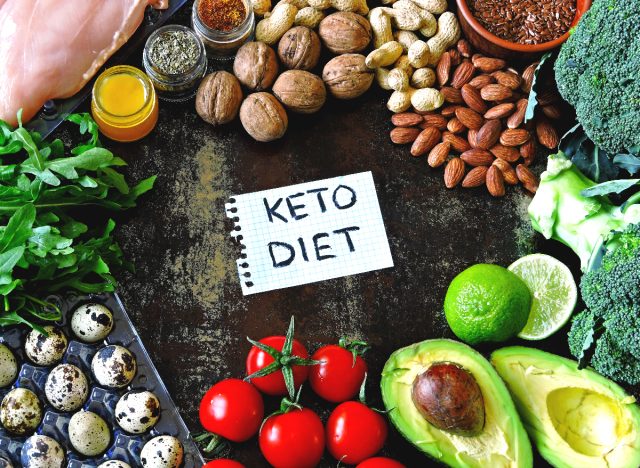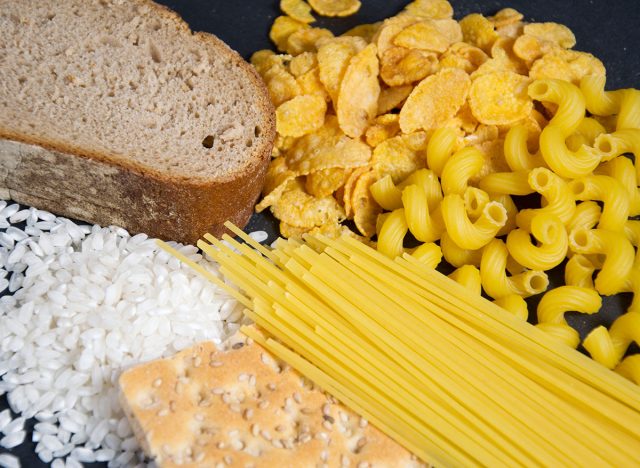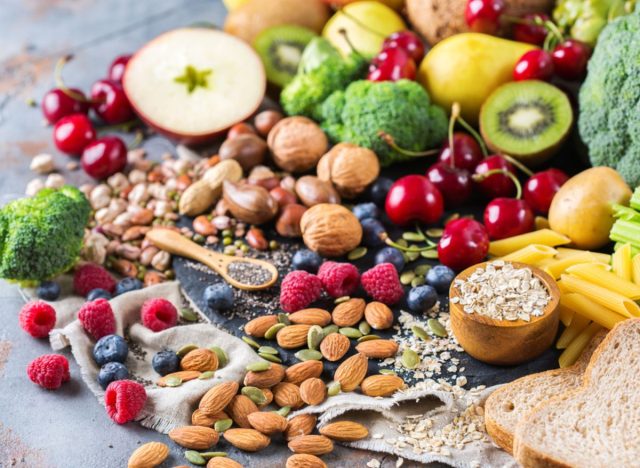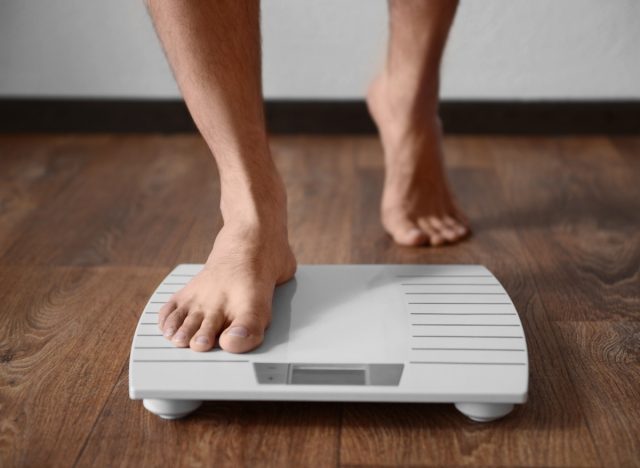The ketogenic diet, or keto for short, is a low-carb, high-fat weight loss plan that has surged in popularity over the last few years. Originally designed to help treat children with epilepsy, keto requires cutting out many fruits, grains, starchy vegetables, processed foods, alcohol, and sugar. Social media influencers, athletes, and celebrities have touted the diet’s results, but while there are benefits, there are also significant risks.
According to Harvard Health, keto can lead to liver and kidney issues, nutrient deficiencies, and side effects like constipation, brain fog, and mood swings.
While some swear by keto, others find the diet too extreme. Eat This, Not That! spoke with people who tried keto for 30 days and ultimately decided it wasn’t for them. Here’s why.
RELATED: 43 Healthy Keto Snack Recipes for Weight Loss.
Wanted to Stay Fit

Kevin Saghy, founder and principal of Earned Impression, a communications and marketing consultancy, turned to keto as a way to stay in shape.
“The science behind the keto diet was compelling, and it seemed worth trying as I’ve looked for ways to stay fit as I get older,” he says.
Tried Keto to Manage Health Issues

In 2020, Tess Hilmo, a retired advanced research teacher and founder of Consider This Nutrition, was diagnosed with mast cell activation syndrome (MCAS), a severe condition that can cause allergic reactions like hives, swelling, shortness of breath, and more.
“It’s quite debilitating,” the 56-year-old explains. “Part of its symptomatology is acquiring multiple food sensitivities, so nutrition can be an issue for us.”
She turned to keto after hearing recommendations from others in the immune-compromised community. “I originally tried keto because many in the immune-compromised communities recommended it. I did keto in 30-day increments on and off for about six months,” she says.
Cutting Out Carbs Was Hard

Any diet can be tough, but keto is especially restrictive. For Saghy, eliminating carbs was one of the hardest parts.
“I tried the diet because I’m so prone to eating foods that are heavy in carbs or sugar, and those seem to be the hardest to keep off the waistline,” he says. “But I’m a runner, and carbs are an important fuel that proved too hard to eliminate.”
Keto Eliminates Too Many Healthy Foods, She Felt

While following keto, Hilmo researched its risks and consulted her husband, a neurotrauma physician, for advice.
“My husband kept gently sharing the new science about microbiome health and how our gut controls 80% of our immune response, nervous system health, etc.,” she explains.
Through her research, Hilmo learned that “our microbiome needs a diversity of plant fiber to be healthy and strong. Our microbiome can’t ‘eat’ anything other than plant fiber.”
She ultimately stopped keto because it eliminated too many high-fiber foods necessary for a healthy microbiome.
“Keto excludes those high-fiber foods—grains, seeds, beans, fruits, and many vegetables—needed to heal our microbiome,” she says. “All of the science pointed to eating a wide range of plant foods—not being plant-based or vegetarian, but rather adopting the 30 plants a week for a gut health challenge. I still eat meat and dairy; I am just plant-strong in my day.”
Got Results With Keto but Not Worth the Hassle

After committing to keto for a month, Saghy did see results but wasn’t happy with the trade-offs.
“While I did start to see some weight loss, the side effects weren’t worth it,” he says. “For instance, I didn’t mind drinking Bulletproof/butter coffee as breakfast in the mornings, but I began getting migraines and was able to pinpoint them to the MCT oil. I also struggled to maintain energy during distance runs without carbs. Ultimately, my body didn’t agree with the severe changes required to follow the diet.”
Keto Side Effects Were Miserable

Saghy ultimately stopped keto due to the side effects.
“The migraines I experienced were miserable, and the shift in diet was too severe for me personally,” he says. “I wound up seeing similar results with basic (but disciplined) net-calorie tracking, exercise, and resistance training without all of the side effects and trade-offs.”
What to Make of Keto

While the ketogenic diet has worked wonders for some, it’s not a one-size-fits-all solution. As these experiences highlight, the restrictions and potential side effects can make keto challenging or even unsustainable for many. Before starting keto—or any diet—consider your personal health needs, lifestyle, and long-term goals. Consulting with a healthcare professional or registered dietitian can help you determine if it’s the right fit, or if there are more balanced approaches to achieve your desired results. Remember, the best diet is one you can stick to without compromising your overall well-being. And if you enjoyed this article, don’t miss these 100 Unhealthiest Foods on the Planet.
The post I Tried the Keto Diet for 30 Days and Here’s Why I Won’t Do It Again appeared first on Eat This Not That.










